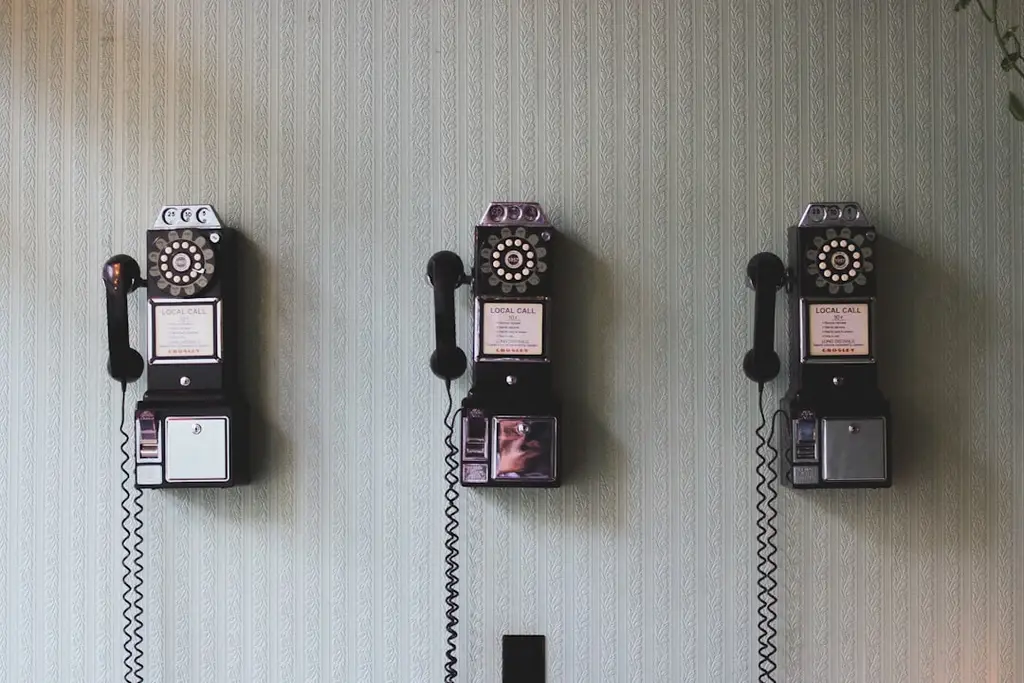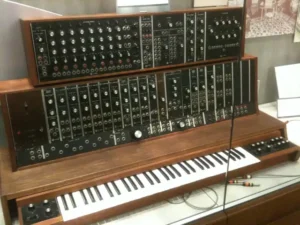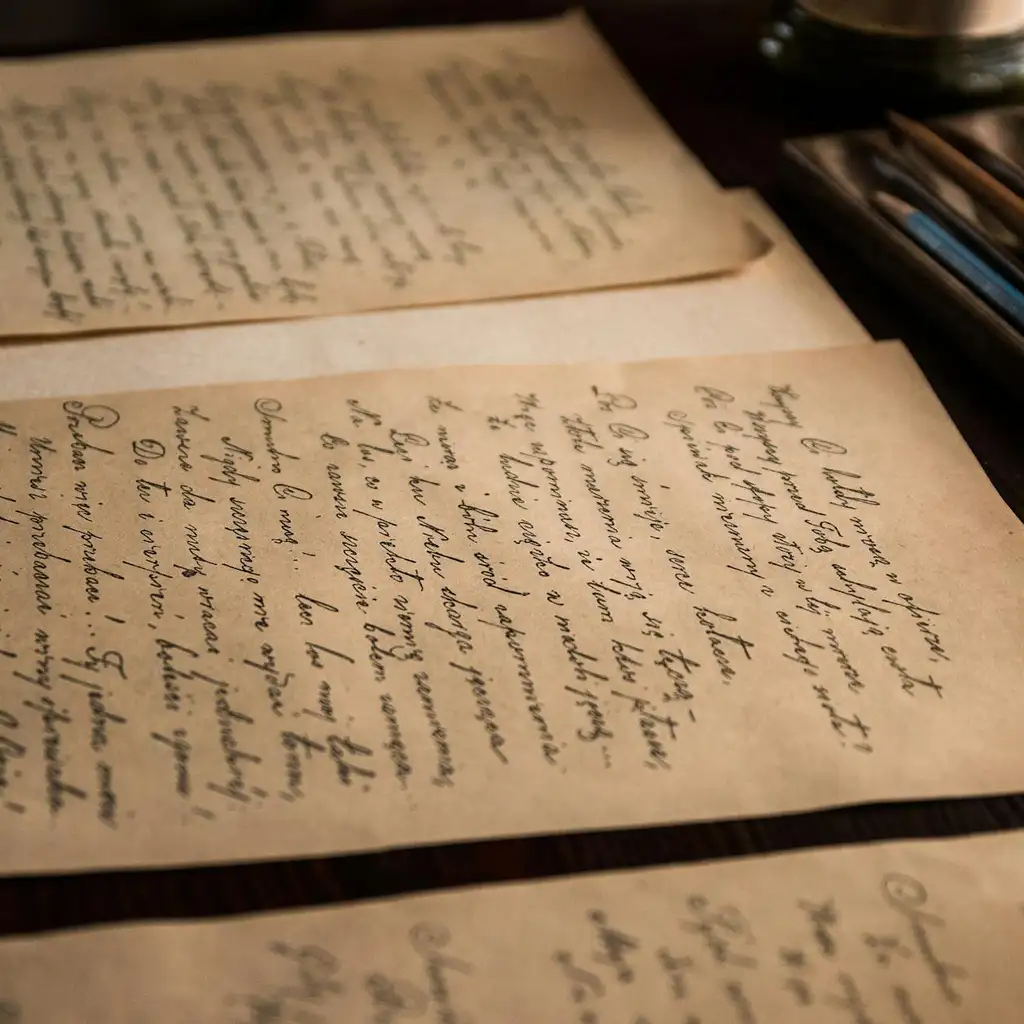This machine, however, isn’t without its quirks. It comes with a cramped keyboard, a dim LCD screen, and an internal speaker that crackles unpredictably. To make matters more challenging, tech support is limited to interactions with the AliExpress seller, often translated through automated tools. The setup process hasn’t been smooth, as the system’s components need fine-tuning to meet expectations. Yet, despite these drawbacks, the Book 8088 remains a fascinating exploration of retro-tech compatibility in modern form.
In the first part of this article, we’ll focus on the hardware of the Book 8088, examining its roots and what it takes to get it operational. In the follow-up, we’ll delve into software—both vintage and modern—to see just how much this device can accomplish in 2023.
The Legacy of the Intel 8088
The Book 8088’s processor has deep historical roots. Intel’s x86 architecture started with the 16-bit 8086 processor in 1978. This chip was ahead of its time but expensive, leading Intel to release the 8088 in 1979. Though similar to the 8086, the 8088 had an 8-bit external data bus, making it cheaper and compatible with existing 8-bit designs. This chip became the heart of IBM’s first PC and, eventually, the standard for personal computing.
IBM’s first PC, developed in under a year, used this open, modular architecture that encouraged compatibility. Shipping with an 8088 processor, 16KB of RAM, and a 5.25-inch floppy drive, it was priced to compete in a growing market. Thanks to its accessible design, competitors quickly reverse-engineered IBM’s BIOS, and “clone” PCs emerged, offering compatibility at lower prices. As Microsoft’s Windows evolved independently of IBM’s OS/2, the foundation of modern PCs took shape, with today’s Intel and AMD PCs still carrying compatibility elements from the original 8088.
A Modern Homage: The Book 8088
The Book 8088 is a nod to the IBM PC XT, essentially a 5150 model enhanced with a hard drive. Retro hobbyists, like Sergey Kiselev, have developed open-source BIOS and motherboard designs to recreate the original IBM PC’s architecture. The Book 8088 builds on these developments, but with controversy: it appears to modify Kiselev’s open-source BIOS without proper attribution, a violation of open-source licensing.
Outfitted with MS-DOS 6.22, Windows 3.0, and other classic software, the Book 8088 provides an authentic retro OS experience. However, these programs, widely available as “abandonware” for archival purposes, were never intended to be sold as part of new hardware packages. Microsoft and other rights holders generally tolerate these distributions for historical purposes, though selling them commercially raises legal and ethical questions.
Despite its rough edges, the Book 8088 is a testament to the enduring legacy of the IBM PC, offering a fun, if flawed, way to relive computing history. For retro-tech fans, it may not be the most practical buy, but it’s certainly an interesting one.








